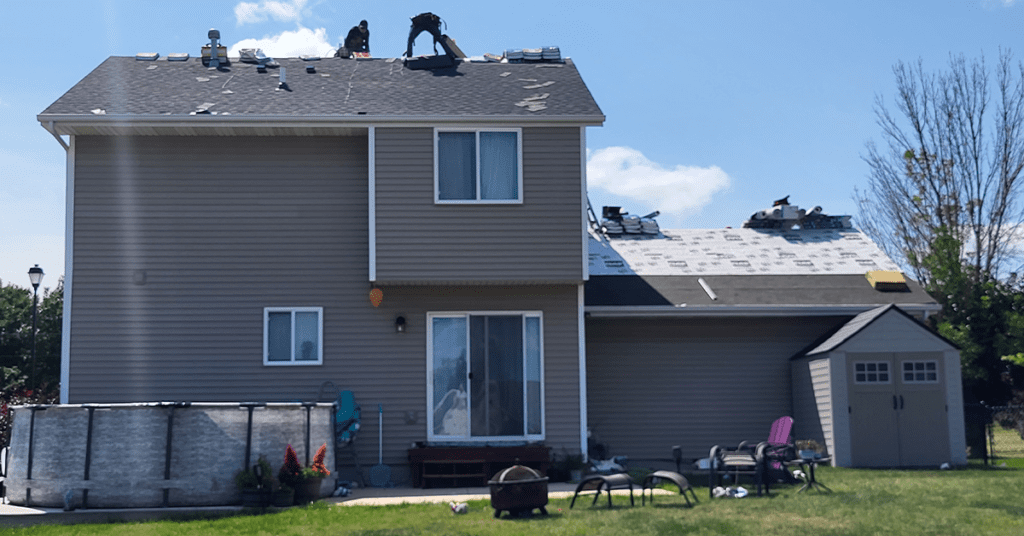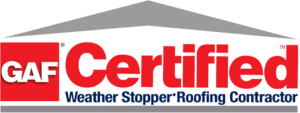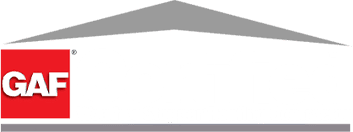Your Guide to Understanding and Addressing Roof Damage After a Storm.
When the skies clear after a storm, one of your first concerns as a homeowner or renter should be the condition of your roof. It’s the primary shield that protects your home from the elements, and even a small compromise in its integrity can lead to bigger issues down the road. Knowing what to look for and how to respond is crucial in safeguarding your home against future storms. Let’s dive into the essentials of storm damage on roofs and how to effectively manage it.
Identifying Storm Damage on Your Roof:
Visual Inspection:
- After a storm, take a walk around your property to check for visible signs of roof damage. Look for missing or damaged shingles, dents on metal roofing, or tiles that have shifted.
- Pay attention to debris accumulation in your gutters or downspouts, as this can indicate roof material wear.
- Don’t forget to check inside your attic for leaks or water stains, as these can be telltale signs of roof damage.
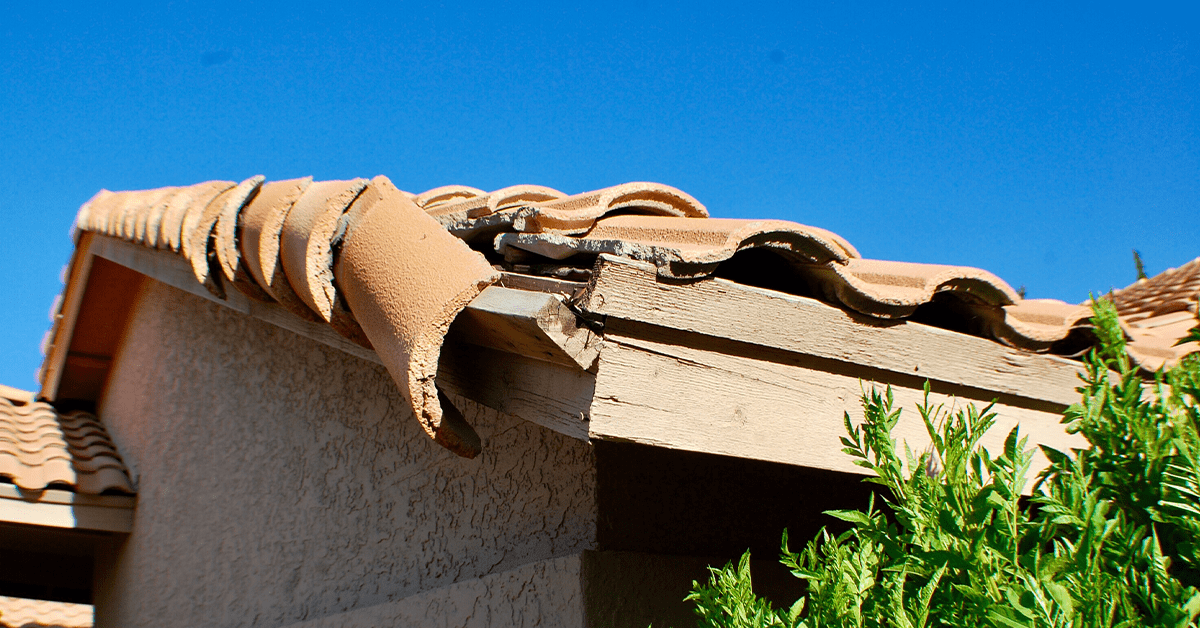
The Different Types of Storm Damage:
- Wind damage often results in missing shingles or a ‘lifting’ effect where shingles are curled or raised, compromising the roof’s integrity.
- Hail damage can be harder to spot. Look for dimples or bruising on shingles, which can lead to weakened spots prone to leaks.
- Heavy rains can exploit any weak points in your roof, leading to leaks and water damage.
Safety First:
- While it’s important to assess the damage, prioritize safety. Avoid climbing onto the roof, especially if the structure may be compromised.
- Use binoculars for a closer look or consider hiring a professional for a thorough inspection.
Why Timely Response Matters:
Preventing Further Damage:
- Even minor roof damage can escalate into major problems if not addressed promptly. Water can seep into your home, leading to mold, structural issues, and interior damage.
- Addressing repairs quickly can prevent more extensive and costly damage.
Insurance Considerations:
- Many insurance policies cover storm damage, but they often require prompt reporting. Document the damage as soon as possible and get in touch with your insurance provider.
- A professional inspection report can aid in your insurance claim, ensuring you get the coverage you need.
Choosing the Right Professional for Repairs:
Finding a Trustworthy Contractor:
- Look for a licensed, insured, and experienced roofing contractor. Check their reviews and ask for references.
- Be wary of ‘storm chasers’ – contractors who appear after a storm offering quick and cheap repairs. They often do subpar work and leave you with unresolved issues.
Comprehensive Repair Solutions:
- A reputable contractor will not only fix the obvious damage but will also provide a comprehensive assessment to prevent future issues.
- They should offer a clear plan of action, a detailed estimate, and a timeline for repairs.

Conclusion:
Dealing with storm damage on your roof can feel overwhelming, but understanding what to look for and how to respond makes a huge difference. Remember, the key is prompt action and professional intervention. If you suspect your roof has suffered storm damage, don’t hesitate to reach out to us at Cutter Construction. We provide thorough inspections, honest assessments, and quality repairs to ensure your roof is restored to its best condition, ready to protect your home against future storms. Contact us for an initial inspection and let us help you keep your home safe and secure. Your roof is your home’s first line of defense – let’s make sure it’s at its strongest.

